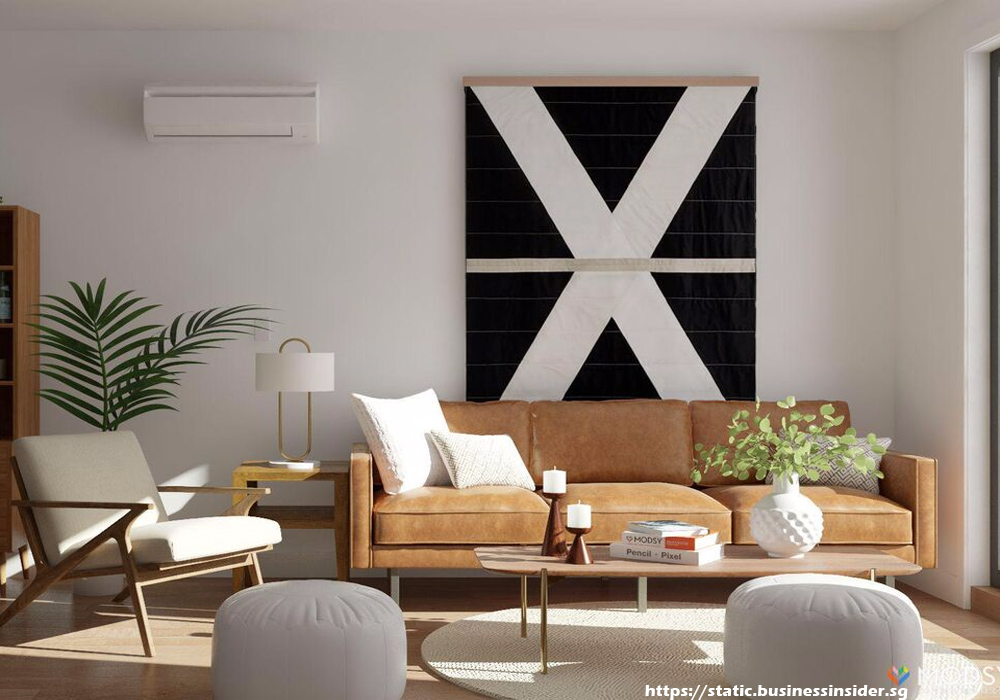 As intuitive as one may be, it can often times be a challenge when trying to determine another’s taste and preferences. Interior designersAmay be half psychologist and half skilled professional but mind-readers, we are not.AThat’s why professional interior designers utilize specific tools at the beginning of a project with a new client, which support the communication and rapport-building process. Nonetheless, to get the most out of your experience with an interior designer, there are a few things that will make the process more successful and much more efficient.
As intuitive as one may be, it can often times be a challenge when trying to determine another’s taste and preferences. Interior designersAmay be half psychologist and half skilled professional but mind-readers, we are not.AThat’s why professional interior designers utilize specific tools at the beginning of a project with a new client, which support the communication and rapport-building process. Nonetheless, to get the most out of your experience with an interior designer, there are a few things that will make the process more successful and much more efficient.
Here’s a guide to help prepare yourself for the process of hiring an interior designer:
Where – Defining a space is a bit more difficult today than in years’ past. Open floor plans have created a dilemma with homeowners: where does one room end and another begin if there are no obvious boundaries?
What areas are being considered for remodel/re-design?
How are these areas used?
Who uses the areas? When? How often?
When – What is your timeline for the project?
If construction is necessary, how long can you manage theAupheaval?
Do you have an deadline in mind?
How soon do you wish to begin?
What –
What do you want to accomplish?
How do you wish the new space to feel and function?
What do you want the outcome to be?
Who – You must consider who will come into contact with the finished space. Everyone knows how pets and children can effect a rooms’ interior but you must also consider outside elements (natural sunlight), cooking smells, traffic patterns, etc.
Unless you can communicate with your designer exactly what your likes, dislikes and desires are, it’s unlikely they will be able assist you in accomplishing your goals. The best way to do this is with photos, whether from magazines or the internet. Don’t expect to find it all in one place or one photo; you may like the color in a window treatment and want to use it on your walls or love the lines of a couch but hate the fabric. The more cues you can give to your designer, the easier, less time-consuming and less costly the process will be.
To alleviate the potential of getting overwhelmed, here’s a tip that helps me in the process in gathering ideas. When glancing thought the internet, magazine or whatever source you choose, do just that… casuallyAglance; don’t over-think the is not a test! If somethingAintrigues you, stop and decide what it is. You may not even know but regardless, if you spend more than 30 seconds looking at the page, tear it out. Apparently, something within the image caught your attention. Put the page aside and move on. Keep going until it no longer interest you to look at anything. Go back a few days later, or whenever you’re refreshed and review your findings. On many occasions, I’ve asked myself, “what was it I found interesting here?” and nothing about the image appeals to me anymore. Fine…ditch it!AAKeep going.
Another method I often use when reviewing a magazine, is to view it backwards; from back to front. It’s amazing what a different viewpoint you’ll find. I actually like this method better than any other because without reading the title of the article, which you would do if reading front to back, one doesn’t have a preconceived notion of what to expect; you are unaware of the focus of the article and can therefore, look at the pages with a more open mind. It’s pretty it!
There will soon be a common thread with what you’ve found and this is where to begin the design process.




